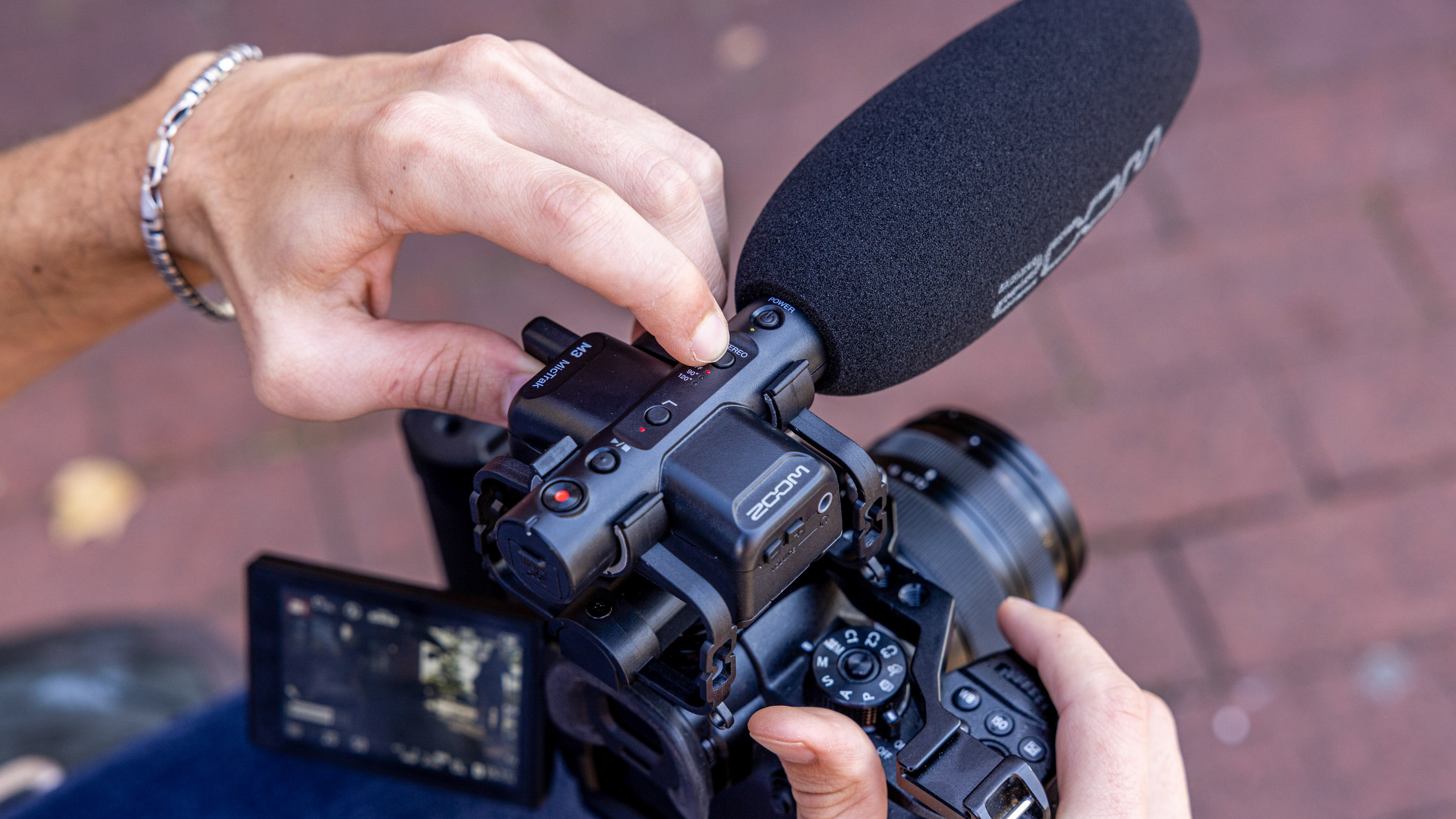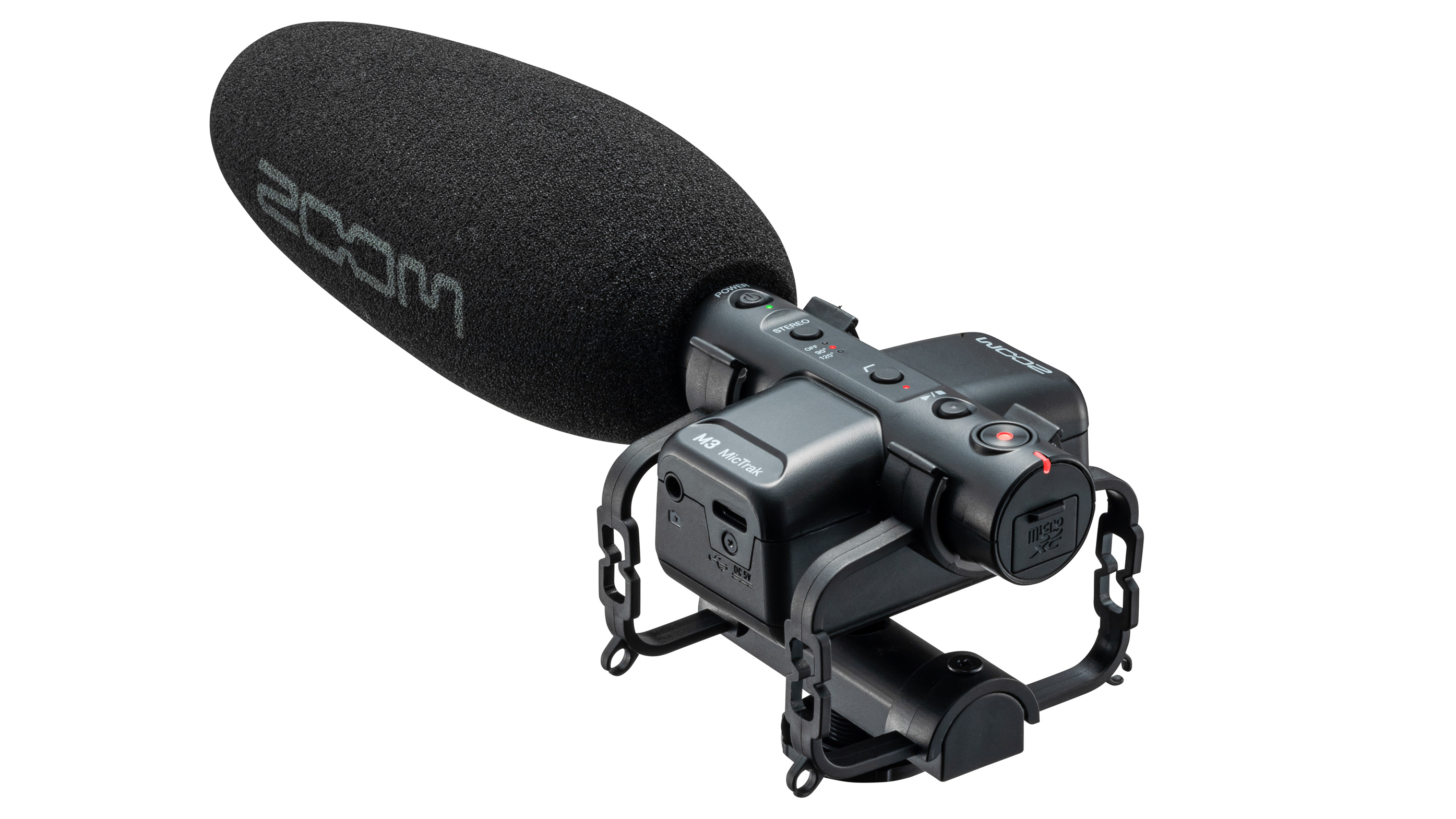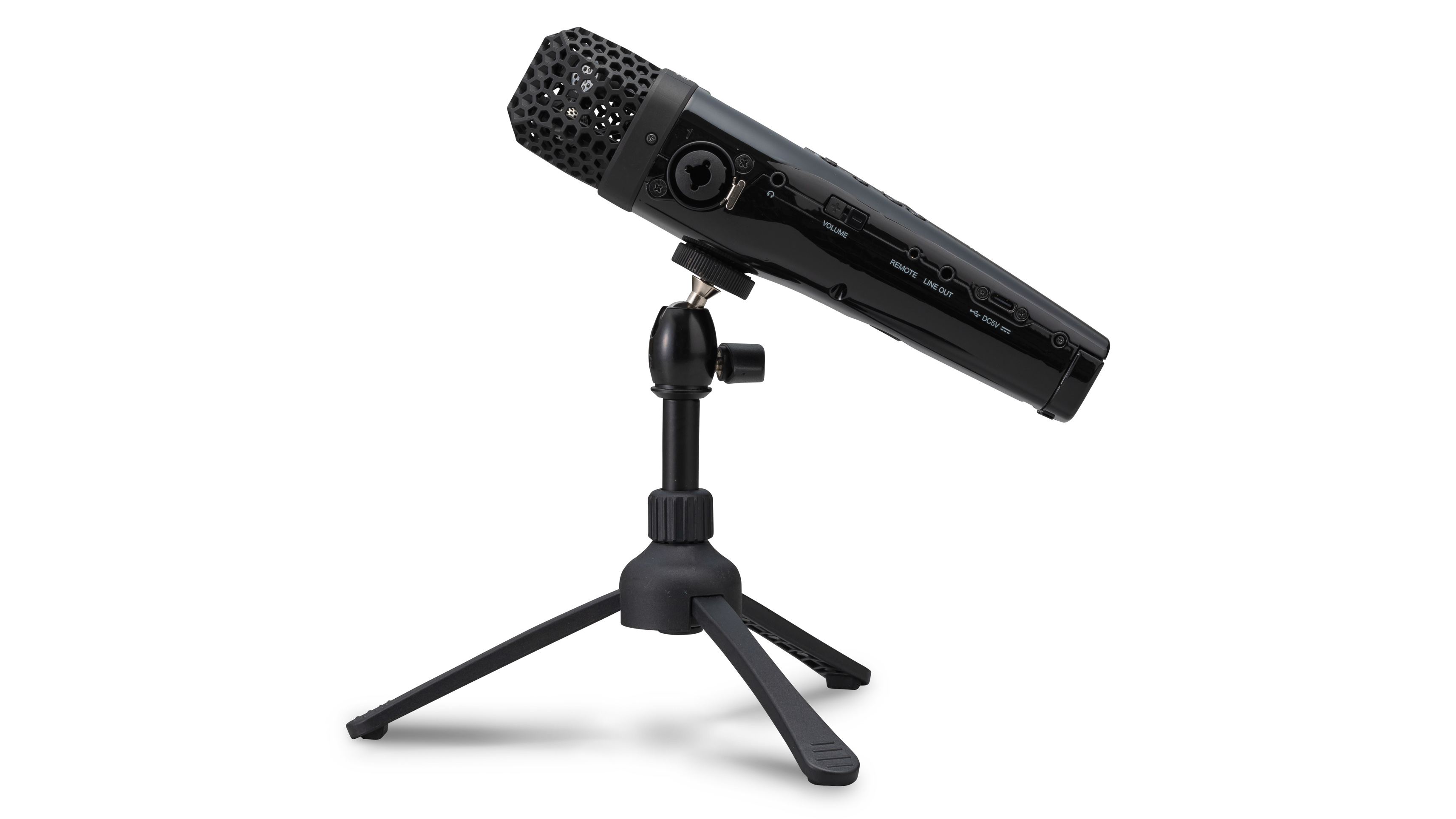No gain and no pain with new Zoom MicTrak recorders
New range of microphones that have built-in audio recorders

Digital audio specialist Zoom has launched a new series of MicTrak combined microphone and audio recorder models that employ 32-bit ‘float’ recording. This is a new recording technology designed to eliminate clipped and distorted audio – which often happens because of sudden jumps (or reductions) in sound levels – thanks to the significantly larger dynamic range inherent in the 32-bit depth. It gives over four billion amplitude values, resulting in a dynamic range louder than anything found on earth. In other words, everything from whispers to explosions is well within its dynamic range.
The practical implications are that there’s no need for a gain control to set recording levels and it also provides much more flexibility for dealing with audio distortion in post-production because all the data is still there and is fully recoverable.

The new Zoom MicTrak series mic/ recorder lineup comprises three models, including the M3 which is an on-camera shotgun-type stereo mic and records to a microSDXC memory card (with support for up to 1TB devices).
It’s the first on-camera video mic to use the 32-bit floating technology, which means
it can be used in a wide range of situations, both indoors and outdoors, and with a wide range of sound sources without the need to worry about clipping or distortion. The M3 MicTrak has easy switching between mono and two stereo modes – the mono mode is optimal for recording dialogue, while the 90° mode gives an accurate, transparent stereo capture and the 120° setting is ideal for capturing ambience or sound effects.
There’s a 3.5mm stereo output for monitoring headphones and a 3.5mm stereo line output for connection to the camera to record a backup which is especially helpful when syncing the audio and video.
Additionally, the Zoom M3 always saves a back- up Mid-Side RAW file, giving you the flexibility to adjust the stereo width of a recording in post-production using the M3 Edit and Play software. A USB port is provided which enables the M3 to be used as a UBS mic for streaming or recording.

The M2 MicTrak is a handheld recorder that incorporates Zoom’s innovative X/Y stereo microphones capsule design. This makes it suitable for a wide range of applications, including music recording, podcasting, dialogue, and news gathering. The shock-mounted design greatly minimizes handling noise, while the 32-bit float technology means the M2 can handle any sound source. It features mono and stereo modes, a 3.5mm stereo audio output, a real-time waveform display, and a ‘Normalise’ function that automatically raises or lowers the level of recordings to optimize the volume.
Get the Digital Camera World Newsletter
The best camera deals, reviews, product advice, and unmissable photography news, direct to your inbox!

The third model in the new MicTrak series is the M4, which is a compact, handheld four-track recorder and the first of its types to be equipped with 32-bit float recording and a built-in timecode generator... which is particularly useful for video makers. It also features a shock-mounted X/Y stereo microphones capsule to minimize handling noise and optimize the audio quality. Again, the 32-bit float technology allows the M4 to handle any sound source from the very loud to the very quiet without creating clipping or inaudible audio. Other features include a color LCD real-time wave-form display, two XLR/TRS inputs, a stereo headphone output, and a handy ‘Prerecord’ function that captures and saves six seconds of audio before you press the record button, ensuring that you don’t miss an unexpected start.
• Best microphones for vlogging
• Best microphone boom arms
• Best audio recorders
• Best vlogging camera
• Best camera for streaming
• The best headphones for video editing
• The best laptop for video editing
• Best teleprompters

Paul has been writing about cameras, photography and photographers for 40 years. He joined Australian Camera as an editorial assistant in 1982, subsequently becoming the magazine’s technical editor, and has been editor since 1998. He is also the editor of sister publication ProPhoto, a position he has held since 1989. In 2011, Paul was made an Honorary Fellow of the Institute Of Australian Photography (AIPP) in recognition of his long-term contribution to the Australian photo industry. Outside of his magazine work, he is the editor of the Contemporary Photographers: Australia series of monographs which document the lives of Australia’s most important photographers.
